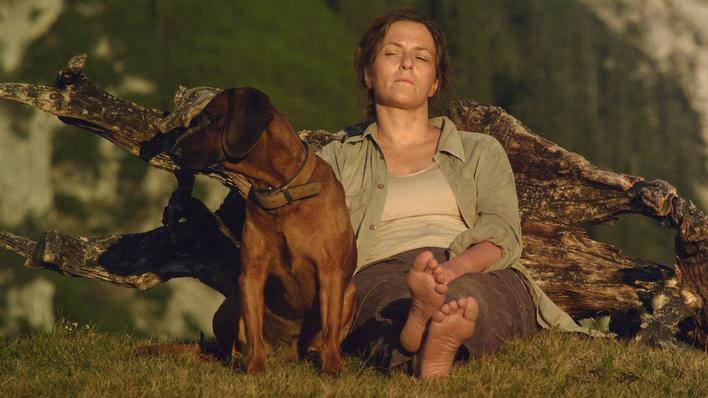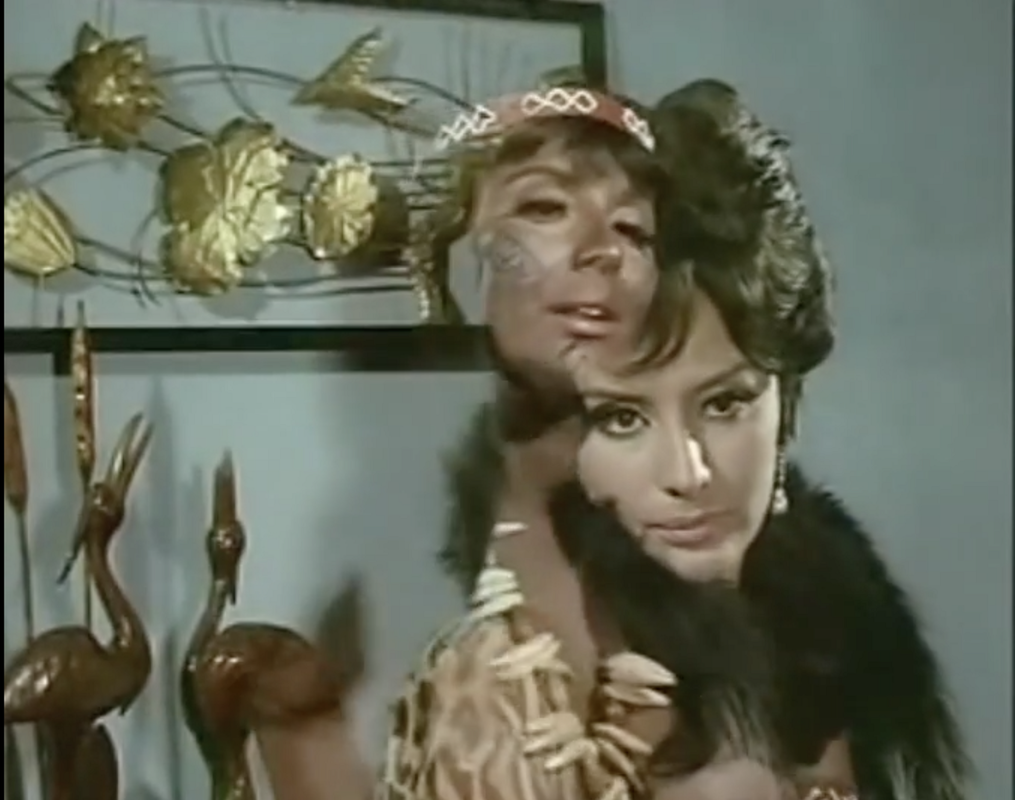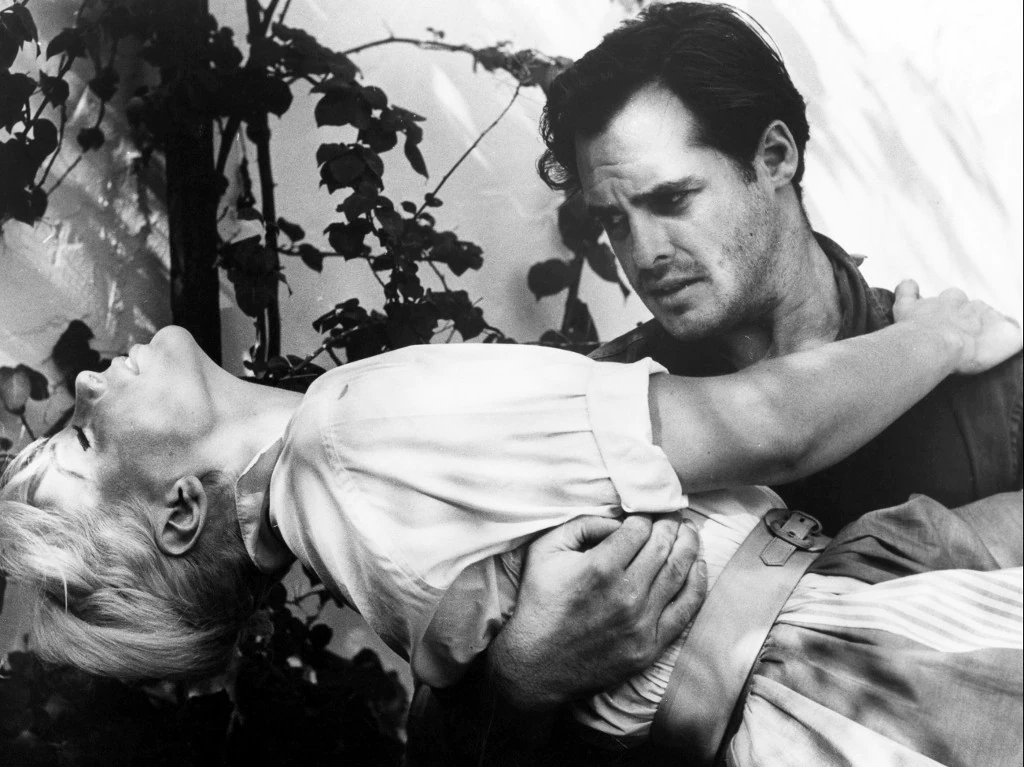
A Woman Under The Influence is an extraordinary film. I imagine what comes to mind first for most people when they think of A Woman Under The Influence, or of Cassevetes in general, is the primacy of the acting. Unlike Hitchcock, where the technical skill and craft of cinema are the primary driver of the film, Cassavetes relies on his actors to create and carry almost everything.
The comparison is fair, but the film craft in A Woman Under The Influence should not be overlooked. Mike Ferris, one of the cameramen, explains in the DVD commentary, that he and several others on the crew were abject beginners when they began filming A Woman Under The Influence. Ferris and the other camera operator, Mitch Breit, had never shot with a zoom lens before, and hadn’t even heard of using marks to direct the actors. Their lack of experience does give the film a rough and utilitarian appearance on the surface, but Ferris, Breit, Ruban, and Cassevetes, who also shot parts of the film, all had an intuitive way of relating to the action that allowed them to flow with it as if they were participating in the narrative.
It’s part of how a Cassavettes movie is made. It is an intensely collaborative process, where titles like “director of photography” and “assistant to the director of photography” don’t exist. This, of course, is in contrast to how most mainstream, and even many independent films are made. Screenplays and production schedules save time and money, but Cassavetes felt such structures were stifling. Bo Harwood, the composer on the film, quoted Cassavetes as saying, “I hate it when everyone is so careful, the creativity goes right out the window.”
Ferris mentioned that sometimes he was so engrossed in the drama, he forgot what he was supposed to be doing. I think this not only speaks to his closeness with actors and the process, but it prefigures what will happen to the audience as well. There are times when the camera seems to disappear and we are simply there in that house, awkwardly trapped in the corner, watching it all unfold.

You cannot easily compare A Woman Under The Influence to other films. Few, if any, have the sense of realism, urgency, or intensity that Cassevetes captures. A Woman Under The Influence was released in 1974. It was so unlike its peers that no studio would produce it, and once it was completed, no company would distribute it. It was financed almost entirely by Cassevettes and Falk.
Other films released in the early to mid-70s include: The Long Goodbye, The Stepford Wives, Shampoo, One Flew Over the Cuckoo's Nest, Nashville, The Towering Inferno, The Godfather, Foxy Brown, Chinatown, and A New Leaf. Regardless of their relative quality, all of these films have more in common with each other than they do with A Woman Under The Influence. The point is not to compare which film is of better quality, only that films like The Godfather and The Stepford Wives were filmed in similar ways, both in production and narrative. The cinematography, the editing, and the acting all displayed time-honored and effective ways of constructing a film.

Cassevettes sacrifices all of these conventions in hopes of capturing something completely different. He once said, “Film is, to me, just unimportant. But people are very important.” It is a catchy, little soundbite, but Cassevetes does care about film. He may disregard convention, but he does so in an effort to find a new way of filming. One that may appear rough and awkward, but creates a new relationship between the viewer and what is being depicted. Something immediate, and intense.

It is reflected in the sound of the film as well. They used numerous mics hidden away all over the set, but instead of isolating what was important, they mixed everything they captured together to make a cluttered and chaotic soundscape. No one is fully heard, no one is fully seen or recognized. It's a painful mess of voices and sounds that, coupled with the unstable hand-held camera, keep us from ever getting our footing.
The success of A Woman Under The Influence relies on a shared vision. Whether you are the sound designer or the main actress, the film requires that everyone understand what the film is trying to accomplish. It’s not that everyone must eschew convention, it is that they must prioritize immediacy, intensity, and honesty. By all accounts, Cassevetes was not easy to work with. He was demanding and aggressive, but the end result was profoundly compelling. His films pioneered a new way of making movies, unlike anything that came before.

If you enjoyed this article you might also enjoy this - https://filmofileshideout.com/archives/favorite-scenes-no-28-paris-texas/



